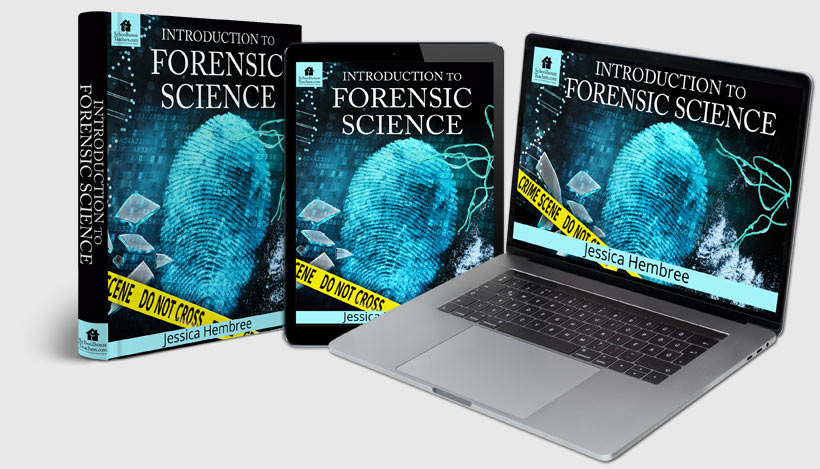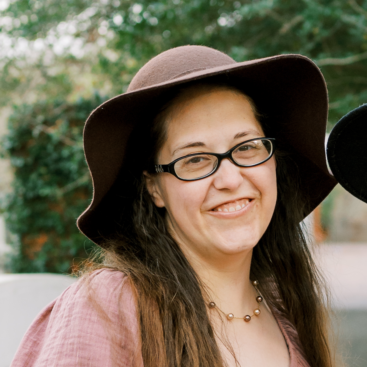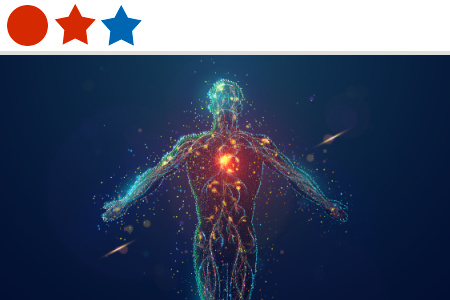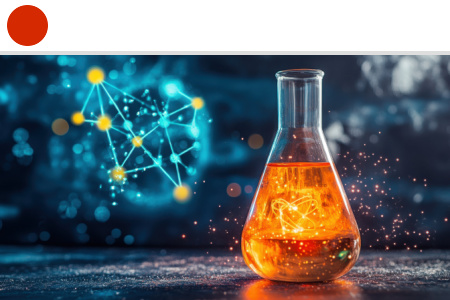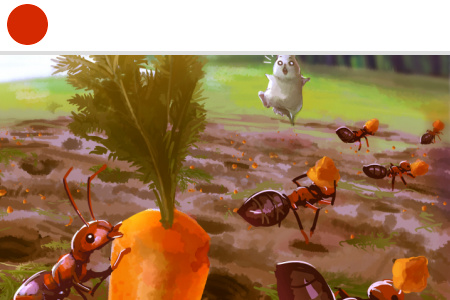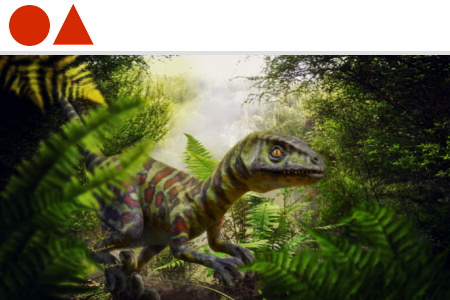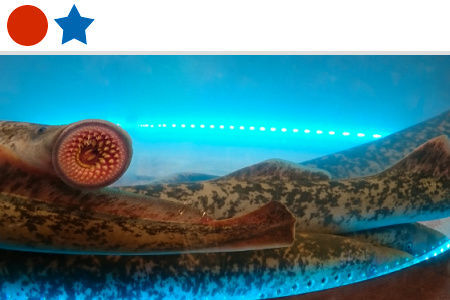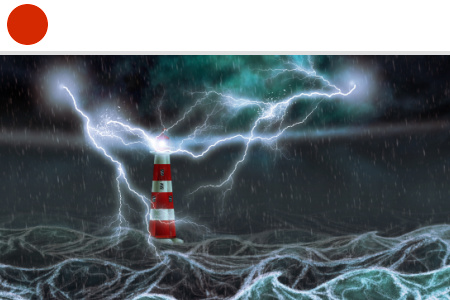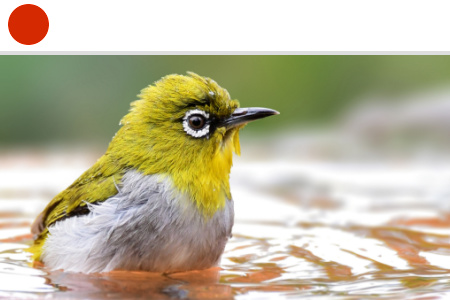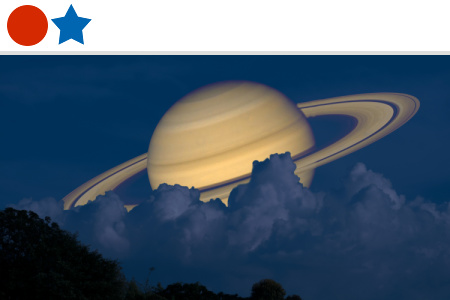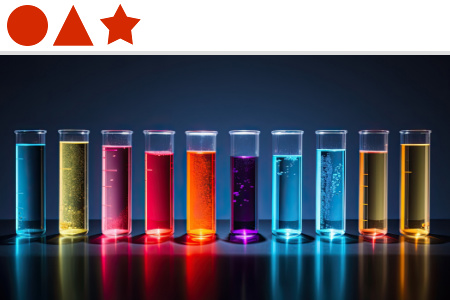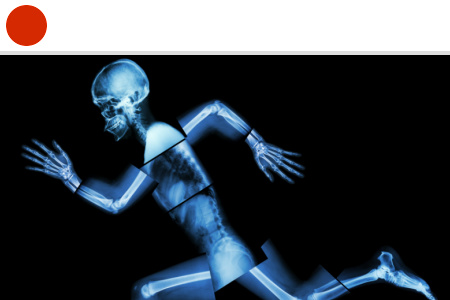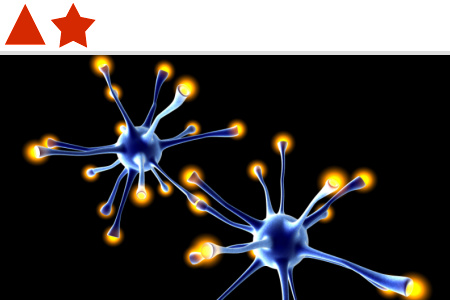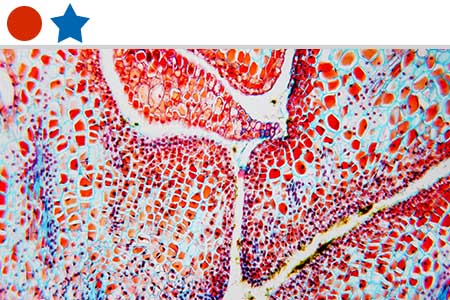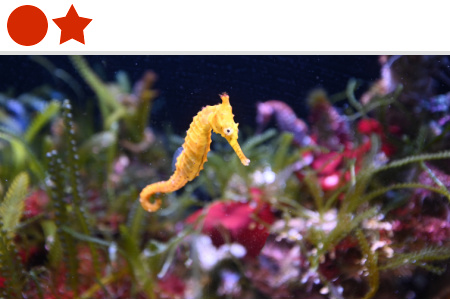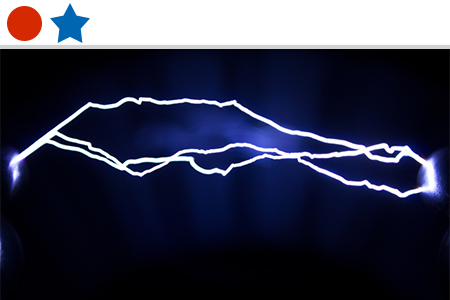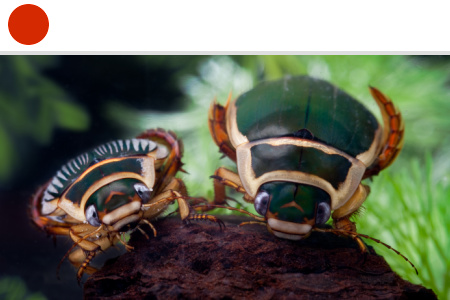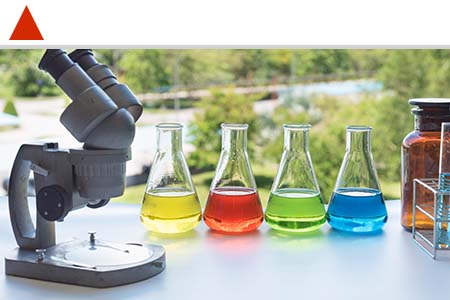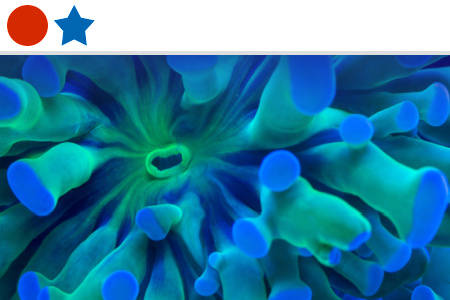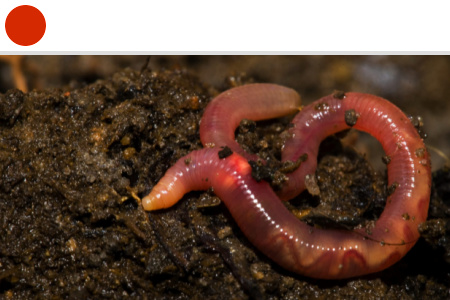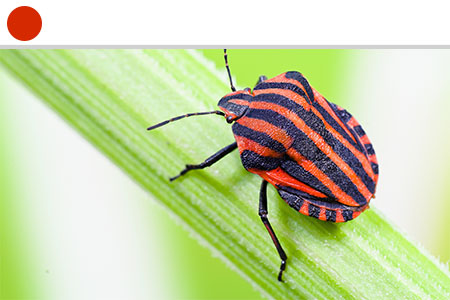Welcome to Our Introduction to Forensic Science Homeschool Science Curriculum
How should a Christian approach the fact that bad people do bad things? God has given us science to look at the world around us, and the ability to use what we learn to help the justice system stop the guilty parties. Approaching the science from a Christian perspective, this Introduction to Forensic Science course investigates the process of testing or analyzing materials found at a crime scene.
Stay organized and confident in your homeschool journey with the Homeschool Records Center and Schoolhouse Gradebook. Simplify record keeping, track progress, create transcripts, and meet state requirements with printable tools and expert guidance—all in one convenient place.
External links may be included within the course content; they do not constitute an endorsement or an approval by SchoolhouseTeachers.com of any of the products, services, or opinions of the corporation, organization, or individual. Contact the external site for answers to questions regarding its content. Parents may wish to preview all links because third-party websites include ads that may change over time.
Para traducir cualquier página web, haz clic en los tres puntos o líneas en la esquina superior derecha de tu navegador, o haz clic aquí para más información.
Introduction to Forensic Science
*Ultimate Membership Only*
Length: 18 weeks
Content type: Text and video based
Grades: 9–12
Jessica Hembree
Related Classes You May Enjoy


